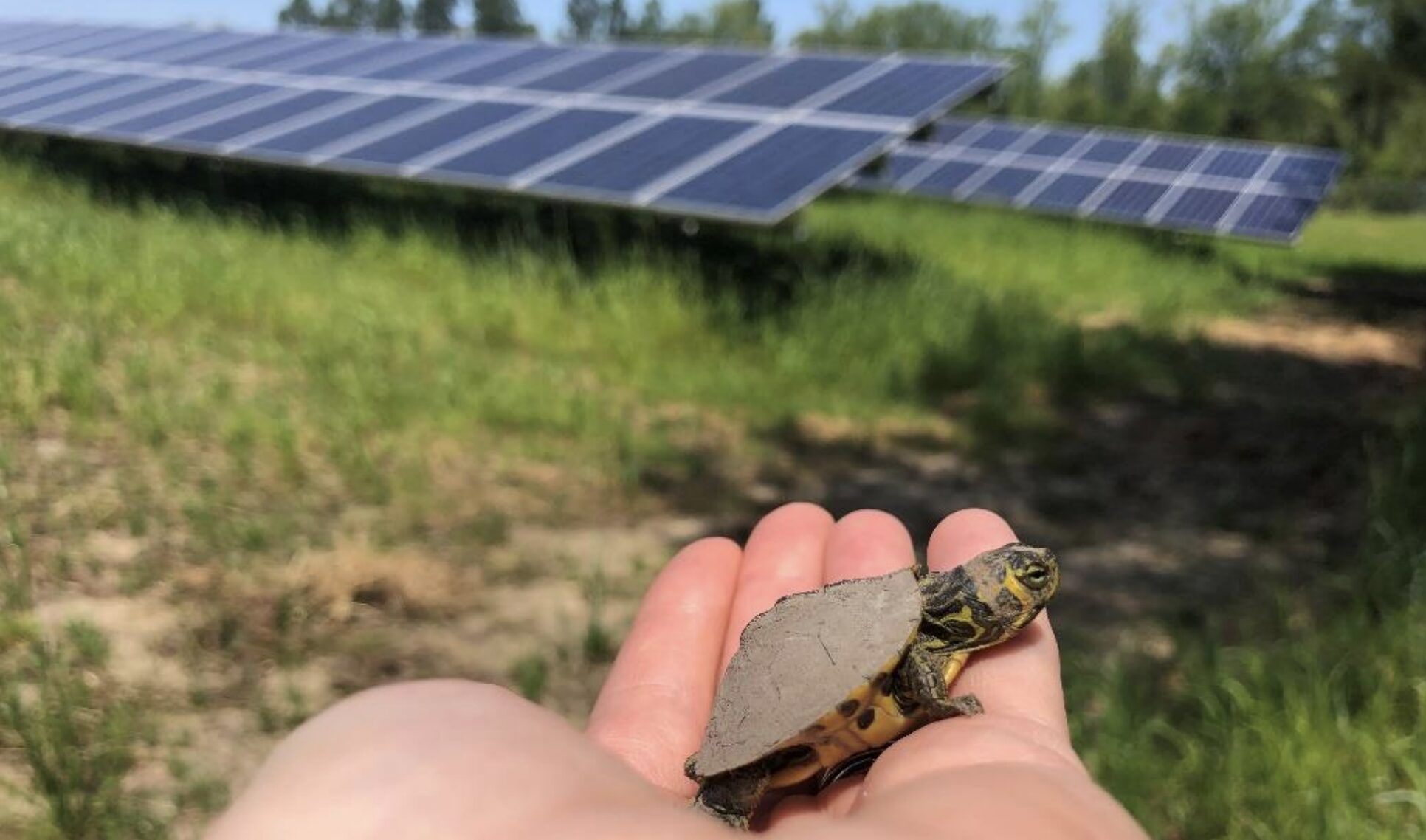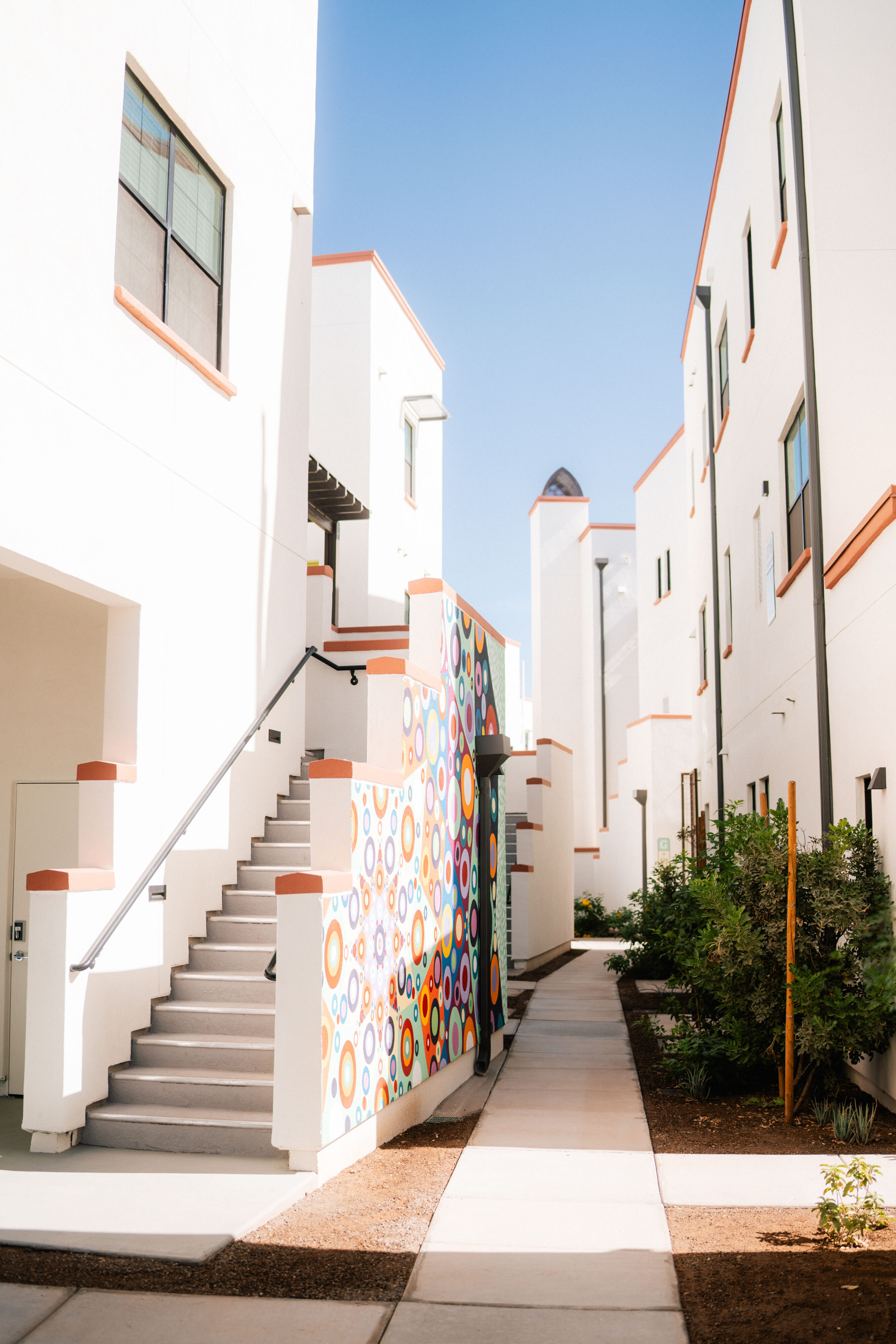 The U.S. Green Building Council (USGBC) has reported that buildings account for more than 40% of the U.S.’s energy consumption.
The U.S. Green Building Council (USGBC) has reported that buildings account for more than 40% of the U.S.’s energy consumption.
As I have gone through three years of education and summer internships to prepare me for a post-graduate career in construction engineering I’ve had to consider these things and weigh them against my goals. Thankfully, the industry is more than just those statistics; it is adapting to the standards we – as wiser inhabitants of Earth – are setting. One of the biggest ways the construction industry is moving forward, with me happily following along, is with LEED, or Leadership in Environmental and Energy Design.
First introduced in 1998 by the USGBC, LEED started as a rating system with five simple categories to help promote conservation. It has progressed, offering the LEED Green Associate credential (people are LEED accredited, buildings are LEED certified) to professionals who work in related industries. It has now even fostered its own sort of brand; often LEED-certified buildings can be recognized by their use of glass, open spaces, inventive design, and natural elements. This has certainly helped improve the public conception of construction.
Through my internship at Clark Construction this summer I’ve spent some time learning more about how LEED works in the favor of construction. Though these buildings do save money and energy during their lifespan and are highly photogenic, there’s a larger element. A lot of the credits come into play during construction and are earned by the general contractor. There are goals for reducing light pollution on a site, goals for reducing the amount of heat reflected, goals for picking sites that are easily accessible by public transportation. Almost every aspect of the process, from selecting where your lumber comes from to picking the paint on your roof, can create a positive effect.
Though I’m learning more about smart ways to conserve and sustainable construction practices at Clark, I still have some concerns about the future of keeping engineering green. Firstly, the buildings that tend to be LEED certified are large, and as I like to think, “glamorous.” Projects like museums and skyscrapers, and massive residential buildings. Sustainability doesn’t seem as accessible for the less attractive and lower budget projects.
If small town needs to create more places for its growing population to live, or if a suburb badly needs to update their water treatment plant, LEED doesn’t feel like the best fit. However there are other green rating systems, like Envision, which focuses on civil infrastructure. They adopt the same objectives and adjust the criteria for a better fit. USGBC also offers other higher-level accreditations past Green Associate which include focuses on neighborhood development and homes. This issue is being addressed and I hope it becomes more and more standard for business to adopt these common goals.
What I don’t hope, is that green building becomes an excuse to build anything. If a parcel of land is available on the edge of a city, it might not necessarily need to be developed into the newest high rise apartment building. Even if it sources its lumber from responsible forests within a 50 mile radius and will foster more practice of mixed land use, what if the property disrupts a struggling native plant? Or what if its attempt at development is really just enabling the gentrification of that neighborhood? Or what if we just don’t need it? Construction is a valuable industry because it services the needs and interests of the public. But we need to ensure scaling down its existing impact doesn’t allow new forms of excess.
—
MORE INFORMATION
- For an infographic on the future of concrete check out: https://ensia.com/infographics/the-future-of-low-carbon-cement/
- For more information on green building check out: https://www.usgbc.org/articles/green-building-facts
- For some stunning examples of finished sustainable construction projects check out: https://www.clarkconstruction.com/our-work/expertise/sustainability
">Is there a balance between the reputation of the construction industry and the good it can promote?





















